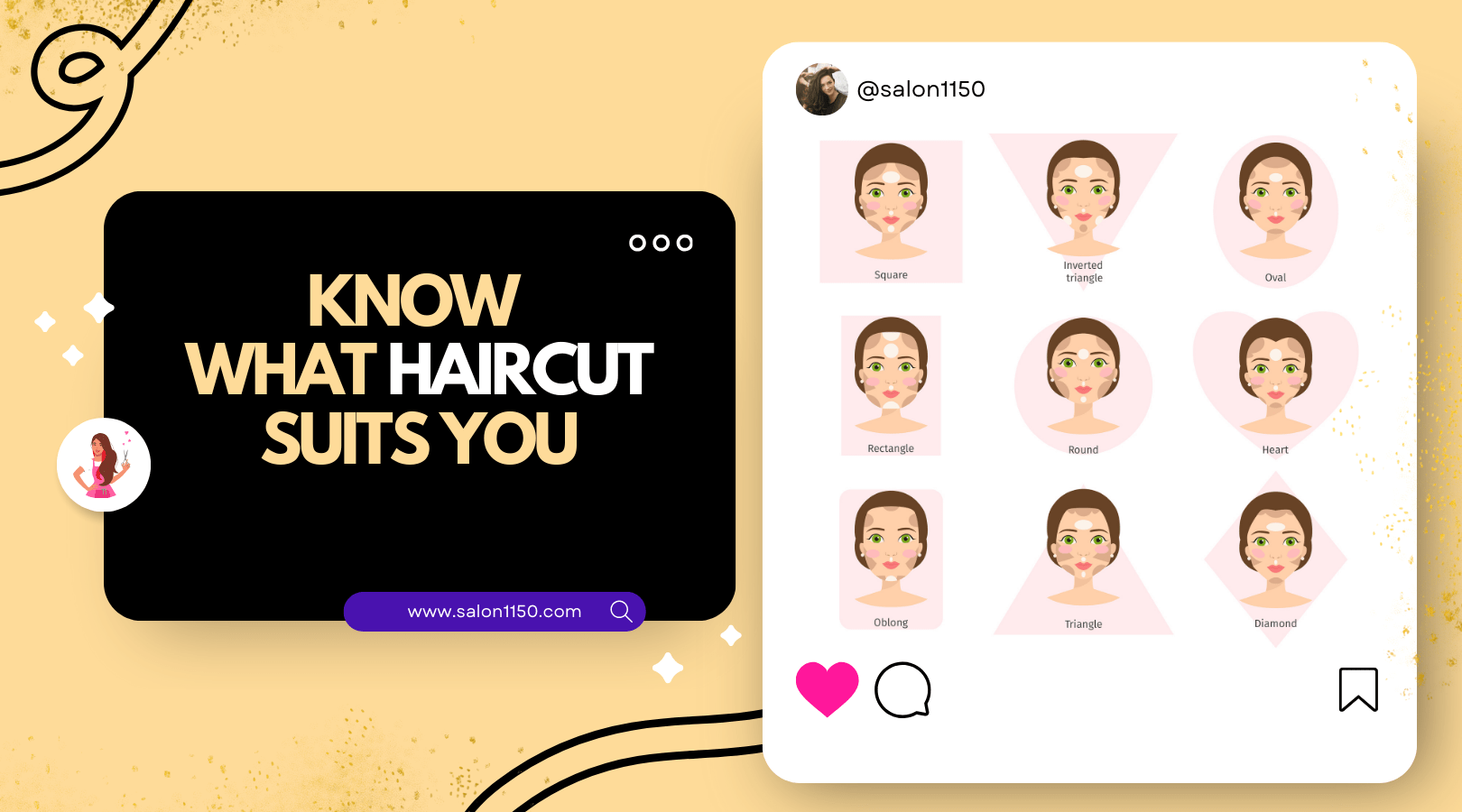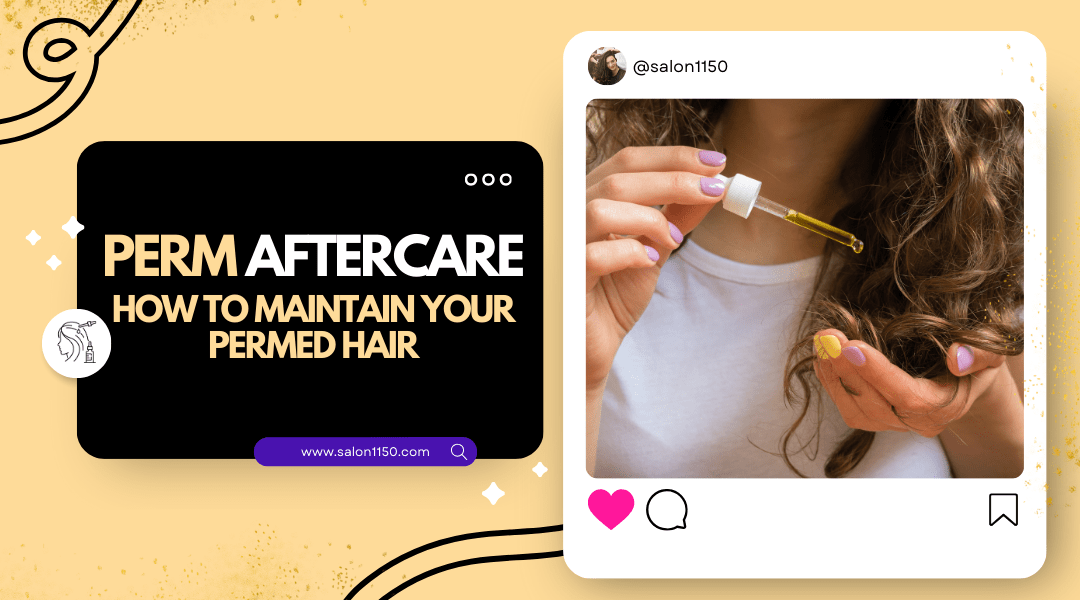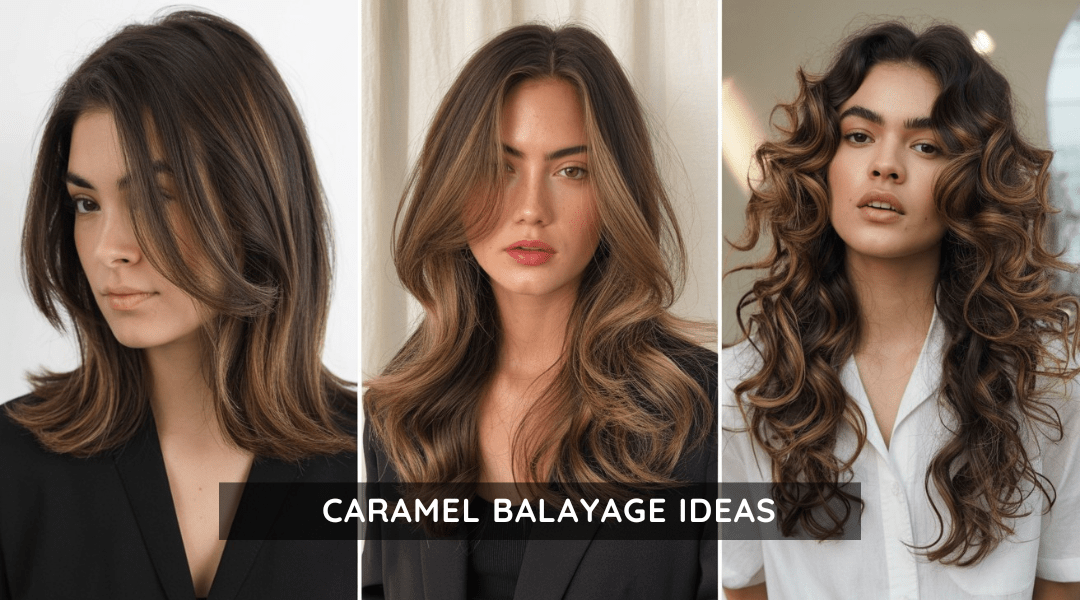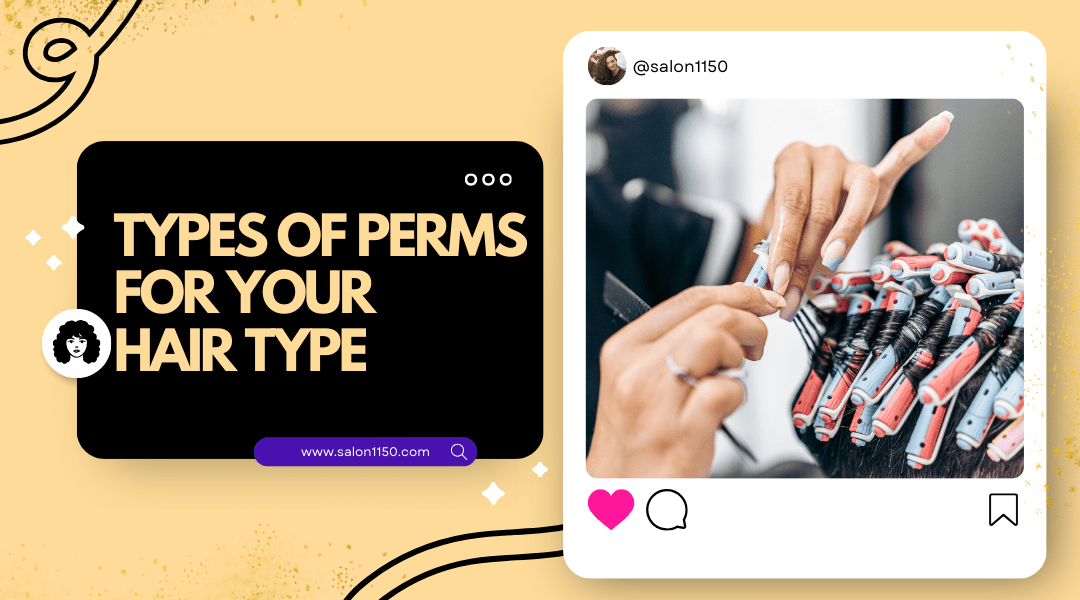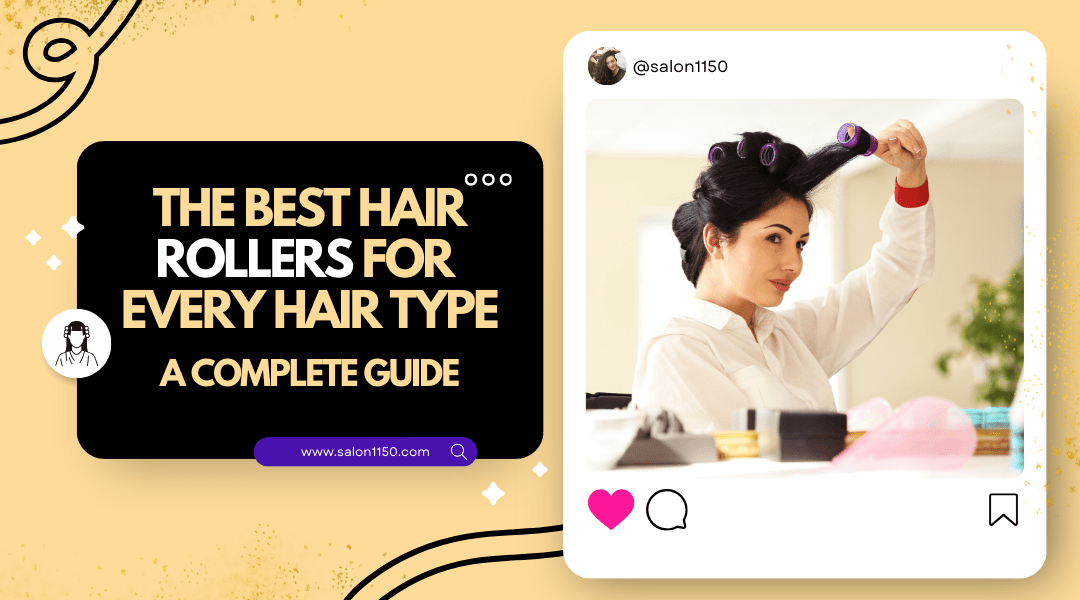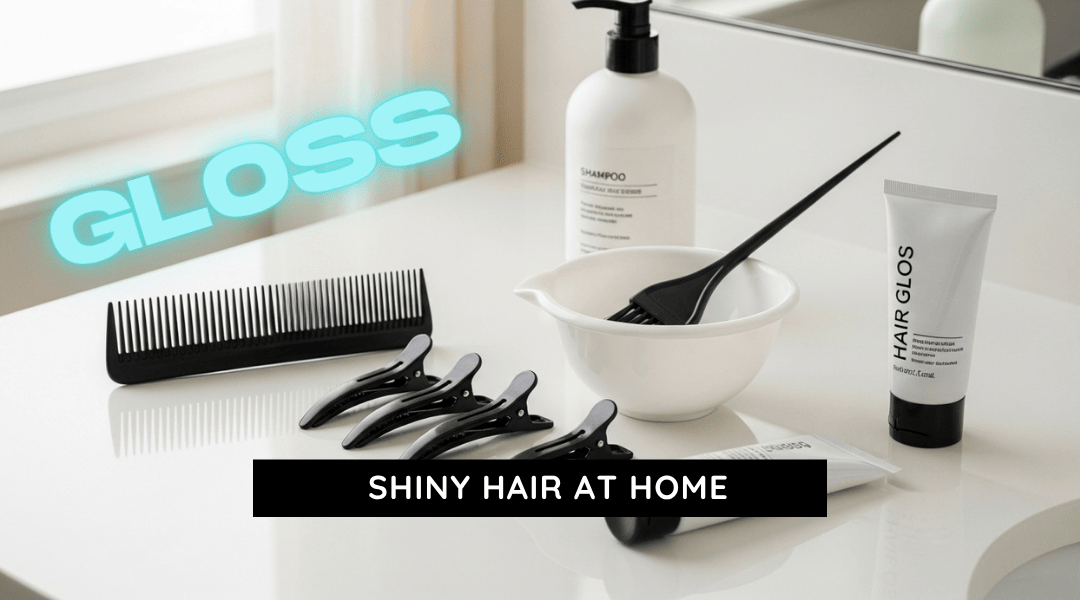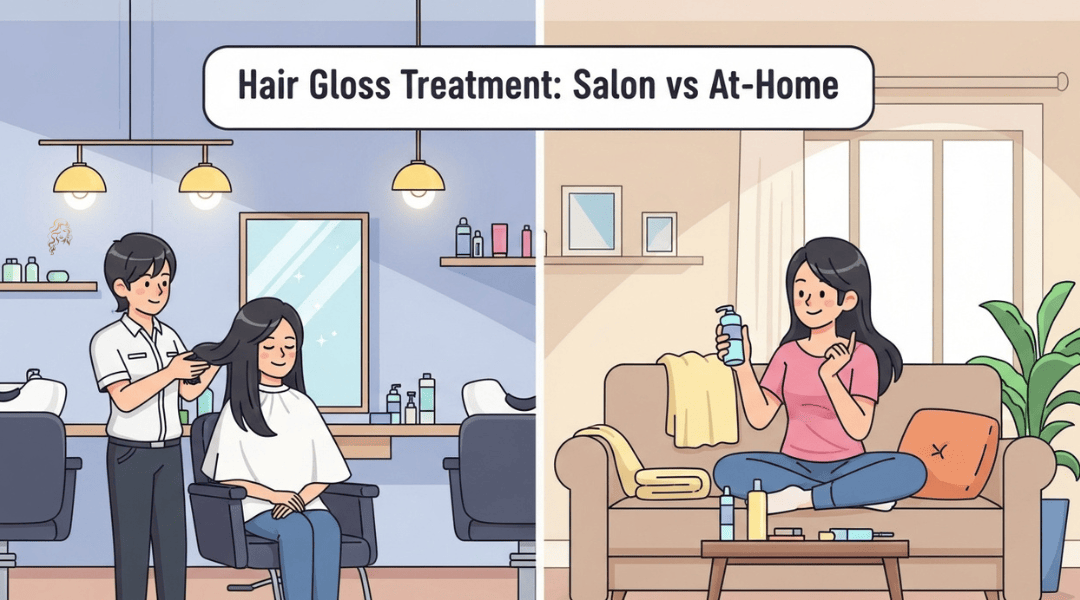Your Guide to Sectioning Hair Like a Stylist at Home
- Written by: Talia Brooks
- Reviewed by: Riley Lane
- Updated: October 1, 2025
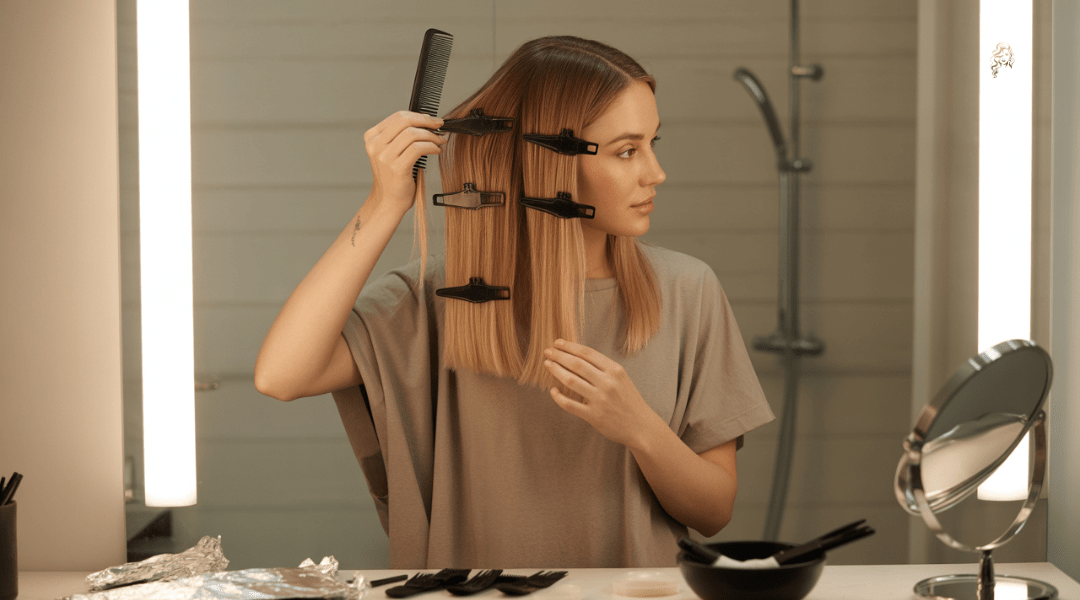
Highlights live or die by their sections. That’s why top colorists at Austin’s best salons (including ours) obsess over this crucial first step. Whether you’re a DIY warrior or just curious about professional techniques, mastering sectioning is what separates streaky misfires from that “Did you just leave the salon?” glow.
Here’s what most tutorials won’t tell you:
• Your natural part dictates everything (we’ll show you how to work with it)
• Subsection thickness changes your entire result (balayage vs. foils vs. babylights)
• The “hidden” section behind your ears that 90% of DIYers miss
We’re sharing the same precision methods our stylists use, no grad-school budgets or accidental rainbow hair required. Just pro techniques, adapted for your bathroom.
Why Sectioning Matters in At-Home Highlighting
Sectioning is more than just parting hair; it’s the key to achieving vibrant, uniform highlights without the mess. Here’s why it’s critical:
- Ensures Even Color Distribution: Precise sections allow color to saturate evenly, avoiding blotchy results.
- Prevents Overlapping and Patchiness: Clean sections stop bleach from bleeding into previously colored hair.
- Speeds Up Application: Organized sections streamline the process, saving time and effort.
- Targets Specific Styles: Sectioning lets you focus on areas like the crown for lift or face-framing for brightness.
- Reduces Damage: Controlled sections minimize overexposure to chemicals, protecting hair health.
Tools You’ll Need for Proper Sectioning
Having the right tools is crucial for precise sectioning and flawless highlights. Each item plays a specific role in making the process smoother, more efficient, and professional-grade.
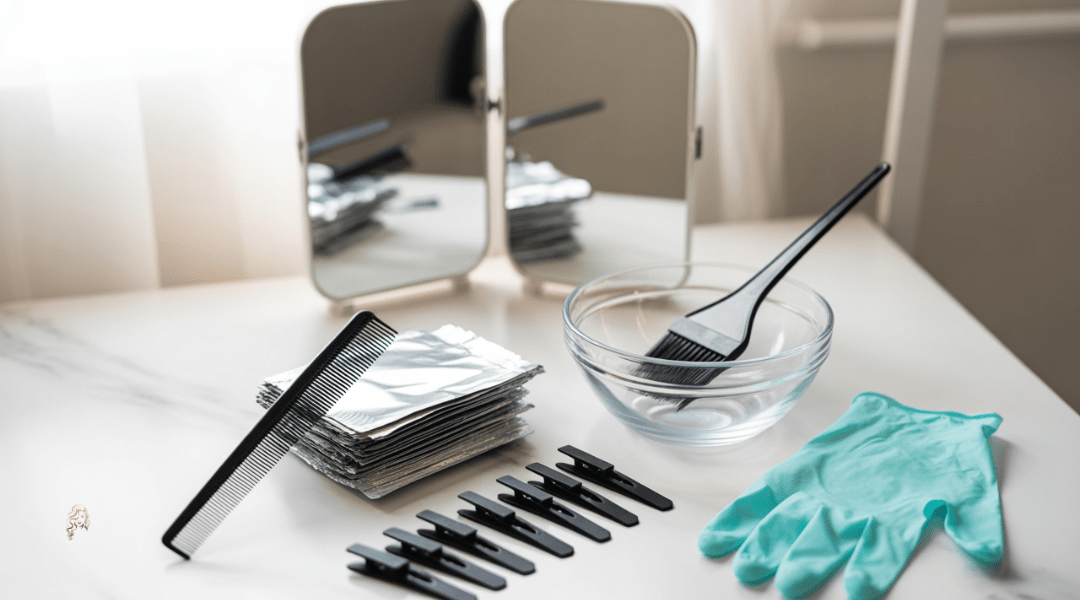
Here’s what you need, along with tips for choosing and using them effectively:
- Rat-tail Comb: This comb, with its thin, pointed handle, is ideal for creating sharp, precise partings. Opt for a sturdy, heat-resistant model to avoid bending during use. Use the tail to weave through hair for even strand selection, ensuring highlights look natural and well-blended.
- Alligator or Sectioning Clips: These clips securely hold hair sections without slipping, keeping your workspace organized. Choose clips with a strong grip and smooth edges to avoid snagging hair. Have at least 8–10 clips on hand for long or thick hair to manage multiple subsections effectively.
- Foils or Wrap Strips: Essential for foil highlights, pre-cut aluminum foils or plastic wrap strips isolate colored strands, preventing bleed. Pre-cut foils (6×12 inches) save time, but you can cut your own for custom sizes. Ensure they’re wide enough to fold securely around hair.
- Mirror Setup: A dual-mirror setup, such as a large wall mirror paired with a handheld mirror, is critical for seeing the back of your head. This ensures accurate sectioning and color application in hard-to-reach areas. A well-lit, adjustable hand mirror works best for precision.
- Gloves and Mixing Bowl: Disposable gloves protect your hands from harsh chemicals, while a non-metallic mixing bowl ensures safe color preparation. Choose a bowl with measurement markings for accurate mixing ratios, especially for bleach or lightning formulas.
- Optional Tools: A highlighting cap is useful for the cap-and-pull method, ideal for short hair or bold streaks. A toner (purple or ash-based) corrects brassy tones post-highlighting. A heat protection spray is handy if you plan to style with heat tools afterward, preserving hair health.
Prep Before You Begin
Preparation sets the stage for smooth sectioning and highlighting. Follow these steps to get ready:
1. Assess Your Hair Type and Length
Different hair types require tailored techniques. Fine hair needs thinner sections to avoid overloading with color, while thick or curly hair may require smaller subsections for control. Short hair can use fewer sections, but long hair benefits from more divisions.
2. Wash and Dry Hair
Start with clean, dry, product-free hair. Buildup from oils or styling products can interfere with sectioning and color adhesion, leading to uneven results.
3. Create the Ideal Setup
Work in a well-lit area with a large mirror and a second handheld mirror for back sections. Wear an old t-shirt or a salon cape and cover surfaces to protect against spills.
4. Do a Patch Test
Test your color or bleach product on a small strand 24–48 hours before highlighting to check for allergic reactions or unexpected results, especially with new products.
Before you reach for the dye, make sure you’ve covered all the essentials. Read 14 Things to Know Before You Color Your Hair for expert tips that can help you avoid common mistakes and get salon-worthy results from the start.
Step-by-Step Guide: How to Section Hair for Highlights at Home
Follow these steps to section your hair like a pro for flawless highlights:
Step 1 – Start with 4 Quadrants
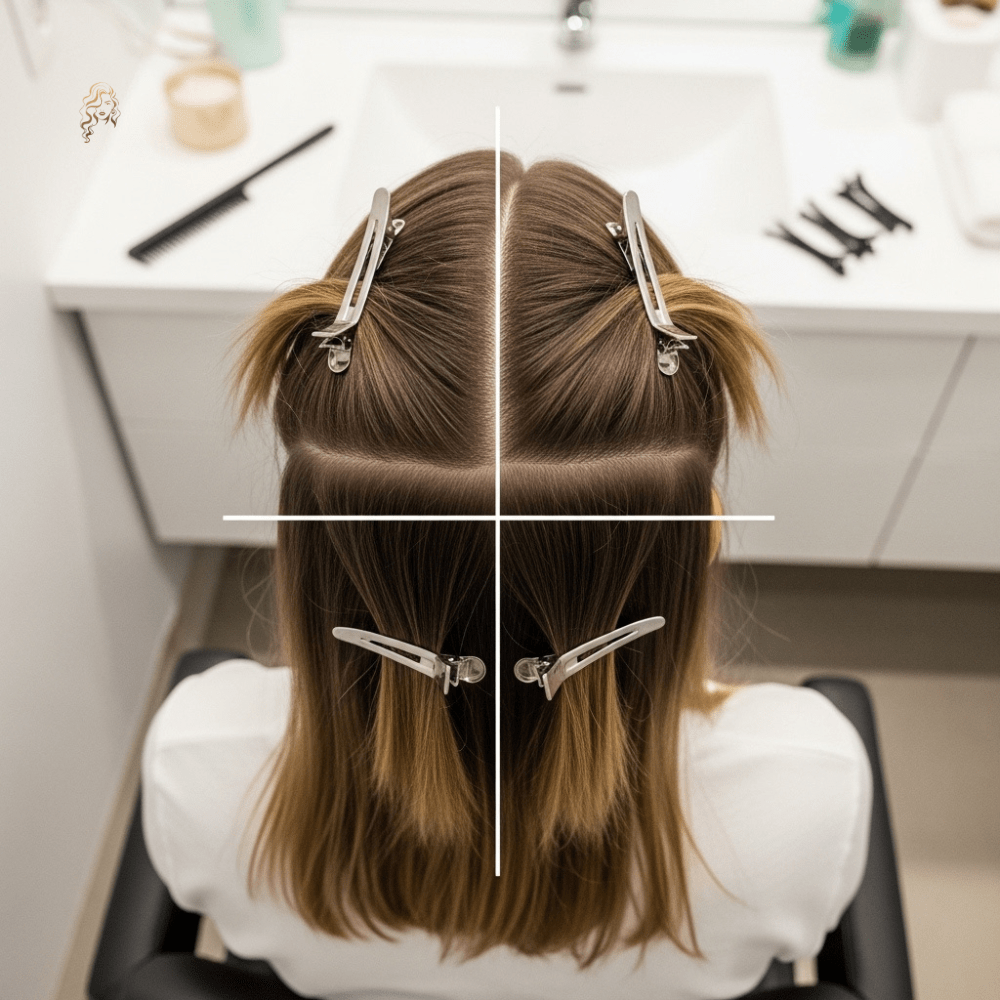
Use a rat-tail comb to divide your hair into four main sections: front left, front right, back left, and back right. Part from the center of your forehead to the nape of your neck, then horizontally from ear to ear. Secure each quadrant with alligator clips.
Step 2 – Subsection Strategically
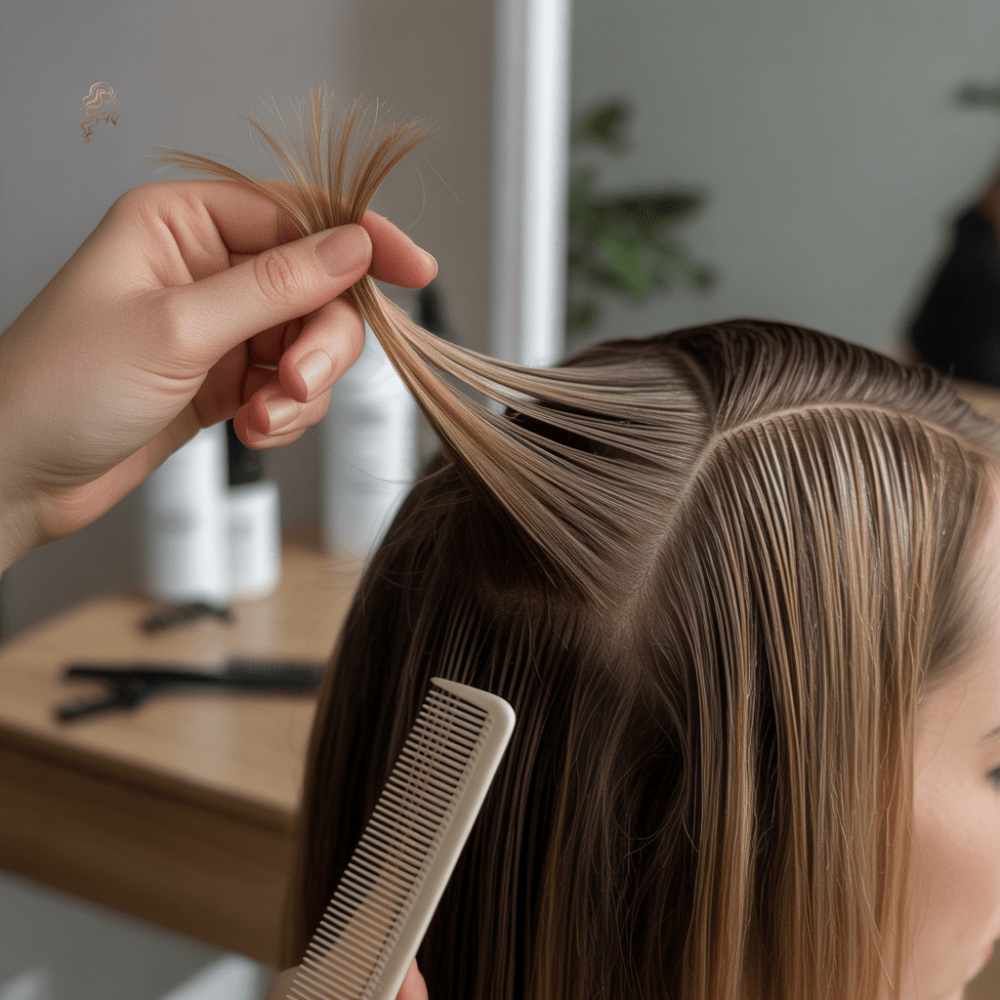
Within each quadrant, create smaller subsections (about 1/4-inch thick) for better control. For traditional highlights, use horizontal subsections; for balayage, diagonal subsections create a natural gradient. Ensure subsections are thin enough for light to pass through when held up.
Step 3 – Customize Your Parting
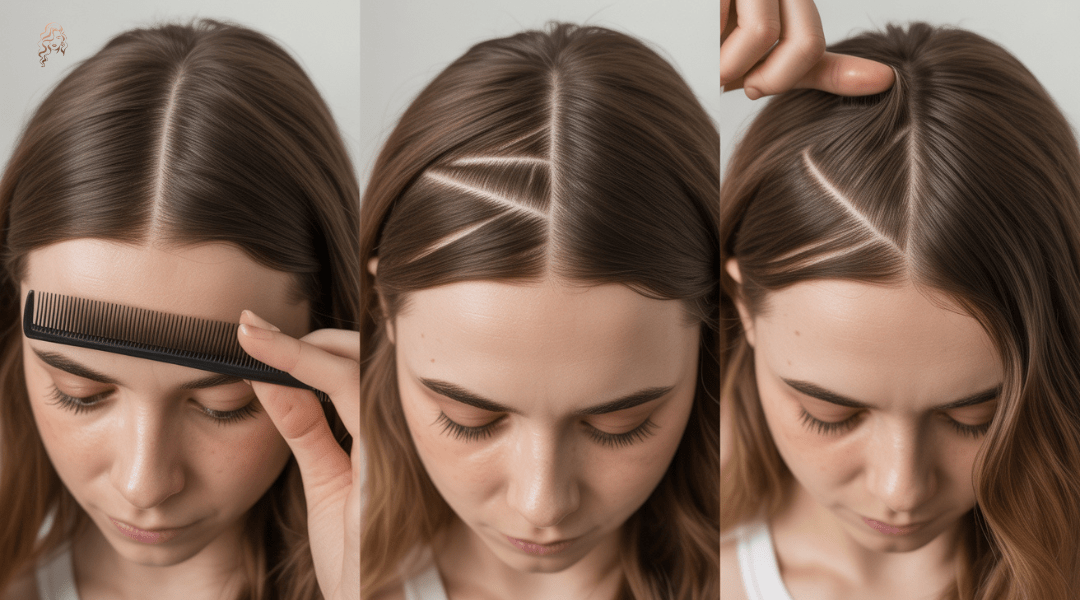
Choose a parting style based on your face shape and desired look. A middle part works for balanced highlights, a zig-zag part adds a modern twist, and a side part complements asymmetrical styles. Right-handed people may find it easier to start on the left front quadrant, and vice versa.
Step 4 – Highlight Placement Techniques
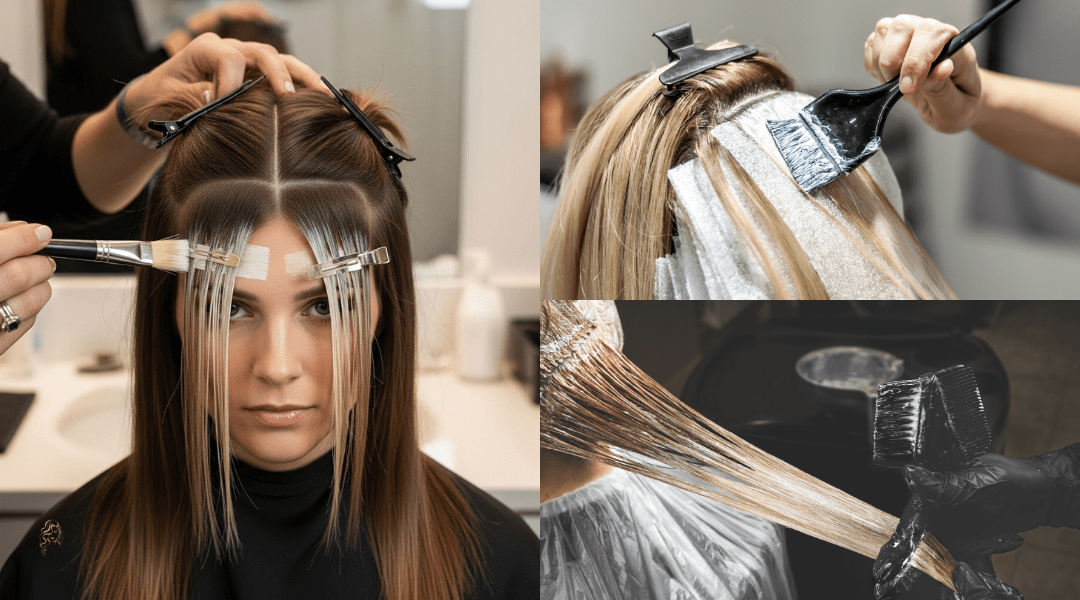
- Foils: Ideal for beginners, foils require precise sectioning. Weave the comb through a subsection to select thin strands, place them on foil, apply color, and fold securely.
- Balayage: Use looser, surface-painting techniques on subsections for a sun-kissed look. Sectioning can be less rigid but still needs clean divisions.
- Face-Framing: Start at the front hairline, using a “mohawk” section (a narrow strip along the crown) for bold, bright highlights around the face.
Highlighting Styles You Can Try at Home
| Style | Best Sectioning Tip |
|---|---|
| Foil Highlights | Straight horizontal sections, tight foils |
| Balayage | Freehand painting with thicker sections |
| Babylights | Super fine subsections |
| Chunky Highlights | Wider partings with foil |
| Face-Framing Pieces | Focus on the mohawk/front line |
Common Sectioning Mistakes to Avoid
Avoid these pitfalls to ensure your highlights look polished:
- Uneven Parting: Crooked or inconsistent partings lead to streaky, unbalanced color.
- Sections Too Thick: Thick subsections prevent even color saturation, causing patchy results.
- Not Using Enough Clips: Loose hair can mix with colored sections, creating a mess.
- Overlapping Old Highlights: Reapplying color to previously lightened hair can cause damage or uneven tones.
- Working Too Slowly: Spending too long on one side can lead to inconsistent processing times.
Post-Highlight Care & Maintenance
After highlighting, protect your hair to maintain vibrant results:
- Rinse Thoroughly: Use lukewarm water to remove all color, followed by a color-safe shampoo.
- Apply Toner (If Needed): Tone brassy highlights with a purple or ash-based toner for a polished look.
- Moisturize: Use a deep-conditioning mask to restore hydration, as bleach can dry out hair.
- Avoid Heat: Limit heat styling for 48 hours and use a heat protectant if needed.
- Maintain Color: Use color-safe products and touch up highlights every 6–8 weeks, avoiding overlap on previously colored sections.
Frequently Asked Questions (FAQ)
Can I highlight my hair if it’s already colored?
Yes, but with caution. The process depends on your existing color and desired result:
???? Over permanent dye: Wait 4–6 weeks to avoid excessive damage. Use a strand test first, some dyes resist lightning.
???? Over semi-permanent color: Most fade enough for highlights, but reds/blues may require color correction.
???? Dark to light? May need multiple sessions to prevent brassiness (toner is essential).
Can I use balayage without foils?
Yes, balayage is traditionally a freehand painting technique that does not require foils. The stylist or DIY user paints the lightener directly onto the hair surface, allowing for a soft, natural gradient that mimics sun-kissed highlights.
Foils are optional in balayage and may be used to speed up processing or isolate sections for more precise lightening, especially if you want stronger contrast or faster lift. However, many prefer the foil-free method because it creates a more diffused, lived-in look with less damage.
If you’re new to balayage, practicing freehand painting on thicker sections can help you master the technique without the complexity of foil placement.
What’s the easiest sectioning method for beginners?
The quadrant method is ideal for beginners: divide hair into four even sections (front left/right, back left/right) using a rat-tail comb. This ensures control and prevents missed spots.
Why it work for DIY:
???? Keeps hair organized and visible while working.
???? Allows focused, one-section-at-a-time application.
???? Minimizes uneven saturation (common with freehand techniques).
Pro Tip: Clip each quadrant securely with alligator clips; slippage causes patchy results.
Do I need help to section the back of my hair?
Sectioning the back of your hair can be challenging when working alone due to limited visibility and arm fatigue. A dual mirror setup, a large wall mirror paired with a handheld mirror, is essential for seeing the back clearly. While many people can section the back on their own with practice, assistance from a friend or stylist can improve precision and reduce strain. For solo sectioning, use clips to secure each section tightly and take your time to create clean parts. If you find it difficult to maintain neat sections or reach certain areas, asking for help is advisable to ensure even highlights and avoid patchiness.
How often should I redo my highlights at home?
Refresh highlights every 6–8 weeks, depending on:
???? Growth: Roots show at ~0.5”/month.
???? Tone: Brassiness appears after 3–4 weeks (use purple shampoo).
???? Damage: Overlapping bleach causes breakage. Wait at least 8 weeks between full applications.
Tip: Stagger touch-ups, redo face-framing pieces first, then full highlights quarterly.

